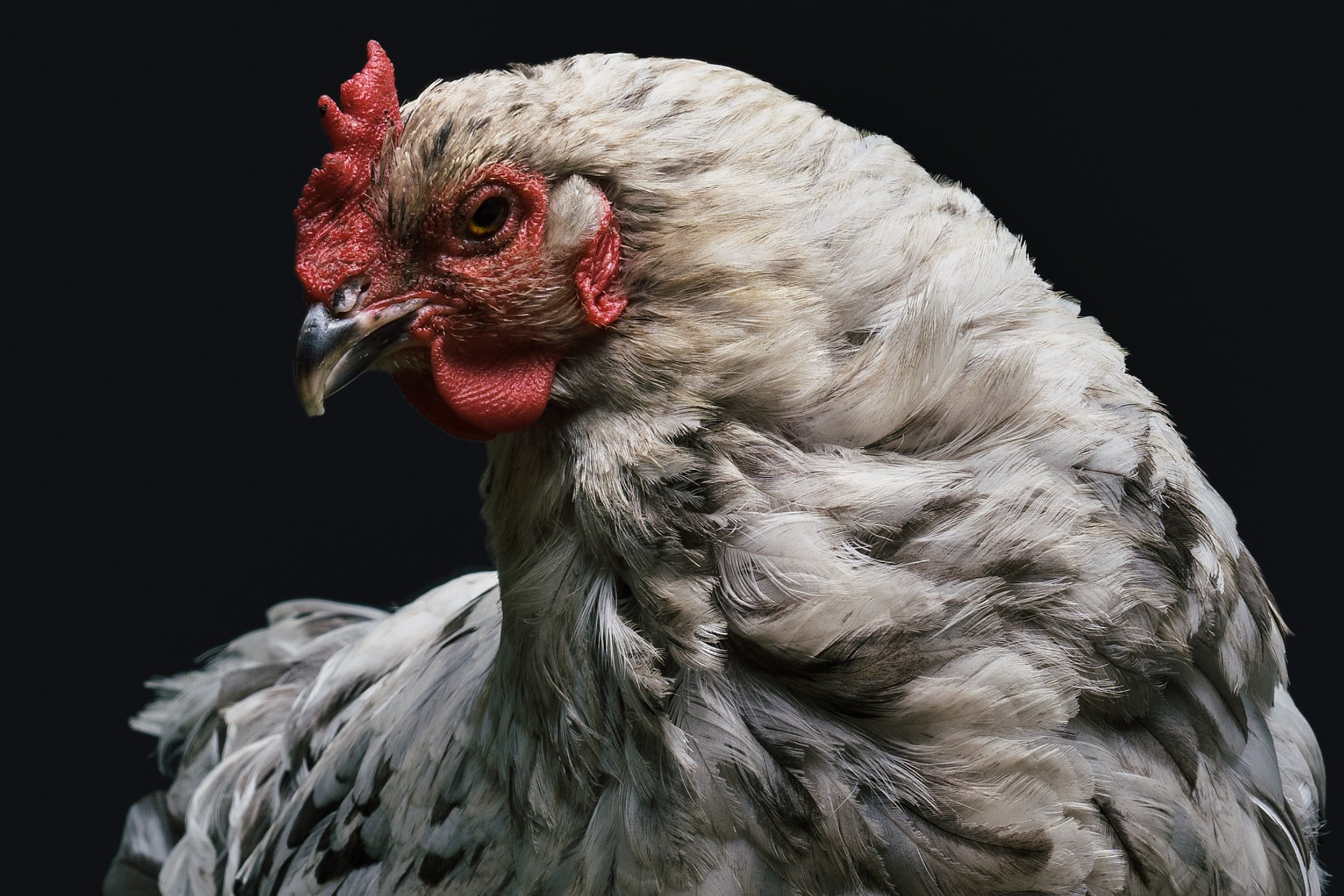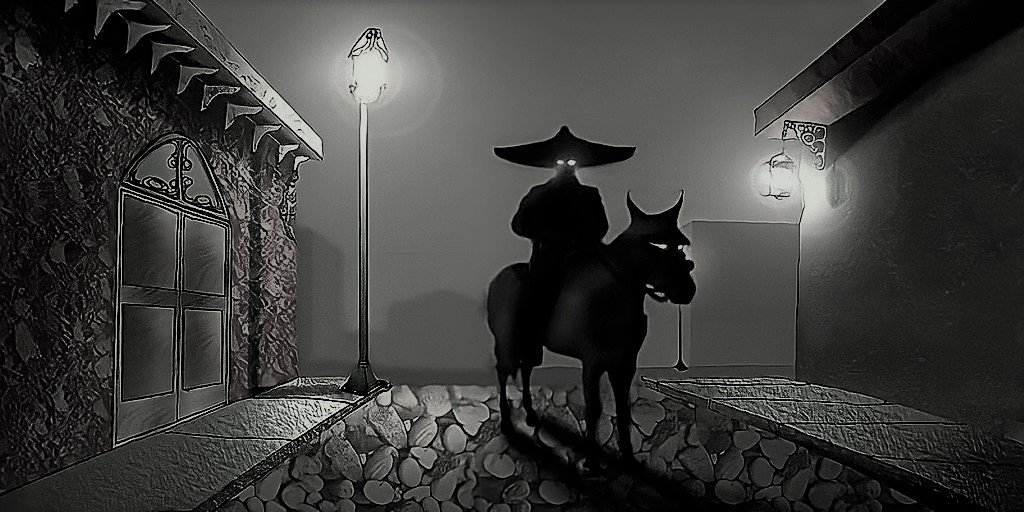The Facts on Hypnotizing Chickens and Other Animals
The most photogenic chicken I’ve ever seen
Did you know you could hypnotize a chicken? It’s not even a hard thing to do but before you go out and grab the first chicken that hasn’t been already deep-fried there are a few things we need to clear up.
Not Hypnosis
The most important thing is it’s technically not hypnosis, it’s more of a paralysis called tonic immobility and there are a bunch of animals that can actually be tricked into this state, so let’s go through a few.
Let’s start with chickens, unless your target chicken is a pet you have about a one hundred percent chance to induce tonic immobility. Why? Because this state can be triggered by making the chicken fear for its life and if it doesn’t know you, it’s already going to be in a heightened state of fear.
But first, you’ll need to catch the chicken, once that happens, pin its head down on the ground then draw a straight line in the ground outwards from its beak. This will immobilize the chicken anywhere from 30 seconds to 30 minutes, most likely because the chicken is extremely confused about what the hell is going on.
After they’ve entered this state you can clap or gently push them in order to wake them up, it may take a few tries. But you need to make sure you do it within 30 minutes to reduce any long-term damage.
Originally people thought putting chickens in this state was a way to relax them but it turns out this state actually happens because the chicken is in fear for its life and enters a catatonic state.
Ducks and Rabbits
Sort of like ducks. An article in The American Midland Naturalist Journal published in 1975 by the University of Notre Dame observed fifty different ducks entering a tonic immobility state. Following the chicken, you’re probably thinking all you have to do is catch the duck to force them into that catatonic state. And you’re right… if you’re a red fox, the natural predator of a duck.
When bitten by a red fox, ducks will play dead entering a catatonic state anywhere between 20 seconds to 14 minutes waiting for the moment to escape. Unfortunately, their one-step defense doesn’t always work.
They should take notes from rabbits, they have a two-step process when faced with imminent danger. If you pick up a rabbit that is not accustomed to you, there’s about a sixty percent chance they’ll enter a catatonic state but there’s a big chance they’ll get aggressive and try to bite you. Now if you flip them over onto their backs you’re guaranteeing a catatonic state.
But here’s the thing, although they might look cute, a paper published in 2006 by the University of Southampton showed this causes a significant increase in respiration, heart rate, and plasma corticosterone. Plus being on their backs risks a broken spine and death so that’s a downer.
“Took me so long to figure this out.”
Sharks
Speaking of a downer, down in the ocean, Killer Whales have figured out how to put sharks, specifically Great White sharks into a catatonic state by ramming them from their sides to flip them over. And living up to their names, Killer Whales do this in order to suffocate the Great White Sharks. The whole process takes about fifteen minutes.
Researchers have also taken advantage of this “Achilles heel” in the sharks by flipping them over allowing them to be tagged and conduct studies. The researchers of course flip the sharks back to an upright position before the 15 minutes are up because they need them alive to study them.
My question is who woke up that morning to volunteer to flip over the shark? I honestly researched for a couple of hours trying to find out who the first person was to flip over a shark and I couldn’t find them. I just want to look into the eyes of someone with no fear.
Yep, this would check out
Now sharks compared to ducks, rabbits, and chickens apparently might not be entering a catatonic state out of fear. Surprisingly there’s not a lot of research into why they enter this state when flipped over but researchers do suspect it’s part of a mating behavior since female sharks are more responsive, but as of now that is not confirmed and is disputed.
What shouldn’t be disputed is, unless you’re trained, a veterinarian, or a researcher, don’t try to put any animal into a tonic immobility state. Also according to some research I stumbled upon rabbits are extremely territorial, don’t put two males together in the same cage. They fight real dirty if you know what I mean.
Before we wrap up, I’m just going to list off a few more animals that enter a tonic immobility state but didn’t have a lot of information to have their own separate section. A bunch of fish like goldfish, trout, paradise fish, and Oscar fish all go into a catatonic state when flipped on their back. Iguanas sometimes when flipped over and restrained. Insects like beetles and some spiders. And you can forget the animal of the tactic is named after the possum.
Quick Facts
Another term for tonic immobility is Thanatosis or playing dead or some may know it as what 99% of the Marvel characters were doing in-between Marvel’s Avengers: Infinity War and Marvel’s Avengers: Endgame.
Rabbits are extremely territorial and if you place two male rabbits together, chances are they will attack each other’s sensitive areas to establish dominance.
Some brain scans have shown tonic immobility in animals is similar to some human brain scans who are suffering from PTSD which makes sense if it’s stemming from a fight/flight/freeze reaction.
Opossum and Possum are the same animals, according to Meriam Webster, Opossum is preferred in the scientific text… but that just feels pretentious














